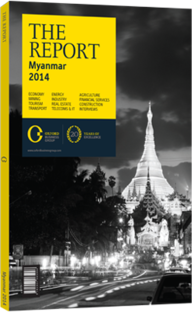This chapter includes the following articles.
Industry

Myanmar is seeking to build upon the growing and steady contribution of industry to GDP. This figure rose from 12% to 15.3% between 1970 and 1995 even as international sanctions affected the garment industry, with clothing exports falling by 60% and a loss of 80,000 jobs. However, with reform has come optimism of a turnaround in the making. As of 2012 the country had around 200 garment factories, having peaked at 300 in 1999. In addition, there are five steel plants, as well as hundreds of smaller steel workshops and four cement factories. In many ways, Myanmar has very suitable conditions already in place to develop and sustain an industrial base. In order to maintain its position as an attractive, low-cost market for international investment, Myanmar will need to overcome rising property and electricity prices, not to mention gaps in transport infrastructure. Progress will also depend on how laws are finally settled and whether the domestic financial system can be reformed to the extent that local corporations are able to finance their own facilities.
This chapter contains interviews with U Maung Myint, Minister of Industry; U Khin Maung Win, Chairman, Myan Shwe Pyi Tractors; Dr Sai Sam Htun, Chairman, Loi Hein Company; and Daw Win Win Tint, Managing Director, City Mart Holdings.

